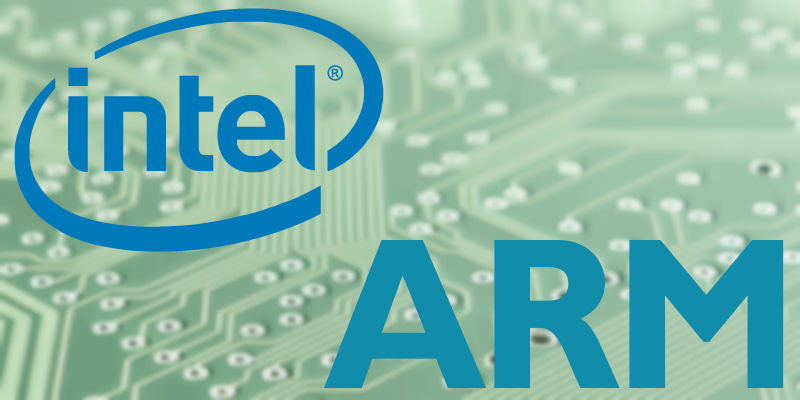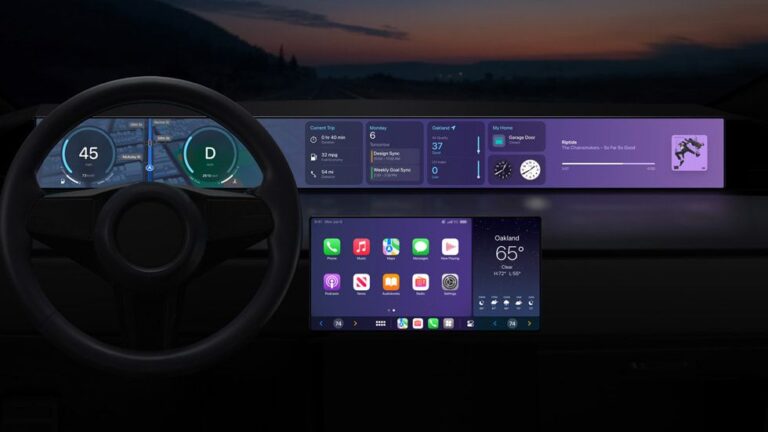As with servers, the main issue is legacy software.
- It looks like Apple is finally about to pull the plug on Intel in its Macintosh computers and switch to Arm which will offer the possibility of unification of iOS and macOS but also raises the problem of all the legacy software that will no longer work.
- Apple is holding an online version of WWDC on 22nd June where it looks like the biggest news will be the replacement of Intel x86 processors in its Macs with a homemade processor based on Arm.
- This has long been rumoured. and while it will have some benefits, there are some significant challenges that will need to be overcome in order to avoid the Macintosh becoming more of a niche product.
- The benefits:
- First, battery life: The combination of the Arm processor design and Apple’s undoubted excellence at creating processors based on it should provide outstanding battery life and good performance.
- By designing the entire technology stack in house, Apple can ensure that the integration is optimal which has had demonstrably excellent results in the iPhone.
- For example, the battery life of the iPhone 12 is outstanding in the industry as the device can comfortably go 2 days of reasonable usage before it has to be charged.
- Battery life is a key issue for battery-powered computers which are the type that Apple sells most of.
- Second, TSMC: TSMC is ahead of Intel in terms of process node and designing the processor itself will allow it to shift to a more advanced node earlier than if it sticks with Intel.
- Smaller process nodes deliver smaller, less power-hungry designs which can still perform very well.
- This node advantage may help to make up some of the performance that Apple will initially lose by going to Arm
- Third control: Designing its own processor will give Apple absolute control over what functionalities are included and which are not as well as how they function.
- This will give Apple greater control of its roadmap allowing it to differentiate its offering more widely.
- Fourth: iOS: This move will bring the Mac and the iPhone closer together.
- A large number of Mac users are also iPhone users and so there is scope for much deeper integration as the two systems become based on the same silicon architecture.
- Apple is likely to stop short of merging the two operating systems for the moment as the use case of each remains very different but there is certainly much more that could be done to integrate the two devices more closely.
- The drawbacks:
- First, performance: Arm already exists in laptop processors and is most prevalent in Microsoft’s Surface X which uses a Qualcomm processor as its CPU.
- This has had a great impact on the battery life and connectivity but when one needs real grunt from the processor, it falls short.
- This is the issue that Apple has to fix before it goes live with this move.
- Its high-end machines are power monsters and its fanbase will not accept any compromise in performance especially considering the eye-watering prices they pay for the privilege.
- Apple makes its own processors based on the Arm’s IP and its track record on the iPhone is sensationally good.
- Hence, I don’t think it will go live with this switch before it has well and truly solved this problem.
- Second, legacy software: This is the big one in my opinion and the main reason why Arm has still failed to make any significant impact in the server space despite years of trying.
- All of the 3rd party software written for the Mac will have to be ported by the developers which may be a tough economic proposition given Apple’s market share.
- This is because the job just got bigger as with both Macs and PC based on x86, the port is easier to execute.
- This is particularly the case as a number of computer programs are written to the metal.
- This means that they bypass the operating system completely and are written directly to the processor in order to maximise performance.
- These will now have to be completely recompiled to run on Arm following Apple’s switch.
- Furthermore, users tend to keep and use software for much longer than many would expect meaning that having older software available is an important part of the purchase decision.
- A switch of this magnitude may well put an end to a lot of the older software working on the Mac and thereby hurt its appeal.
- Again, Apple will be well aware of this and it would be very foolish to plough ahead without having a solid solution ready to go to deal with this issue.
- In my view, an x86 emulator will not be good enough as these sorts of software workarounds often incur large drains on performance and battery life.
- The level of certainty with which the market is running with this implies that it is quite likely to happen and may even be a deliberate leak from Apple to prepare everyone for a move of this magnitude.
- The net result is that I am pretty sure that Apple is well prepared to deal with the obvious issues that this transition will trigger.
- The bigger question is whether the 3rd party developers are willing to play along which given Apple’s relatively small position in the global market is not a given.










Blog Comments
Colin
June 10, 2020 at 6:10 pm
Apple has done this transition twice before. From 1994 to 98, Motorola 68000 to PowerPC; and from 2005 to 2011, PowerPC to Intel. During these periods the hardware ran apps for both environments, first by emulation and second by the remarkable Rosetta instructions translation.
Developers had years to transition their apps and many Mac users didn’t notice seismic system changes taking place. This time, Apple starts a similar transition with many advantages it didn’t have earlier.
Apps that follow the developer guidelines use the Xcode environment. If it transitions to ARM, many apps will largely transition with it. Similarly for Metal graphics. Catalyst has been out for about a year, providing a common code base for different apps that are native to either iOS/iPadOS or macOS. Swift programming has been around since 2014. Apple also has the possibility of developing its own custom silicon to run whatever the transition is.
No other company has ever done this at scale and Apple seems to be about to embark on it for the third time. I don’t think we need to worry too much about how it will work out.